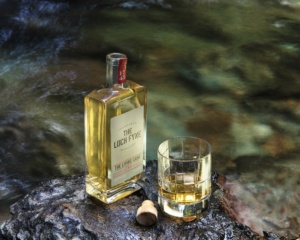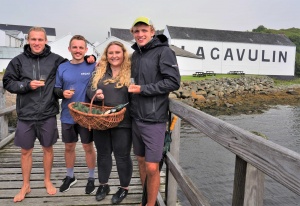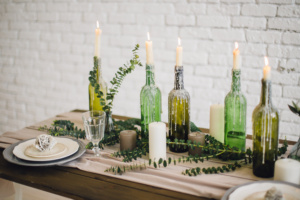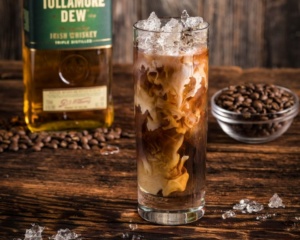Best Islay Whiskies
Bowmore
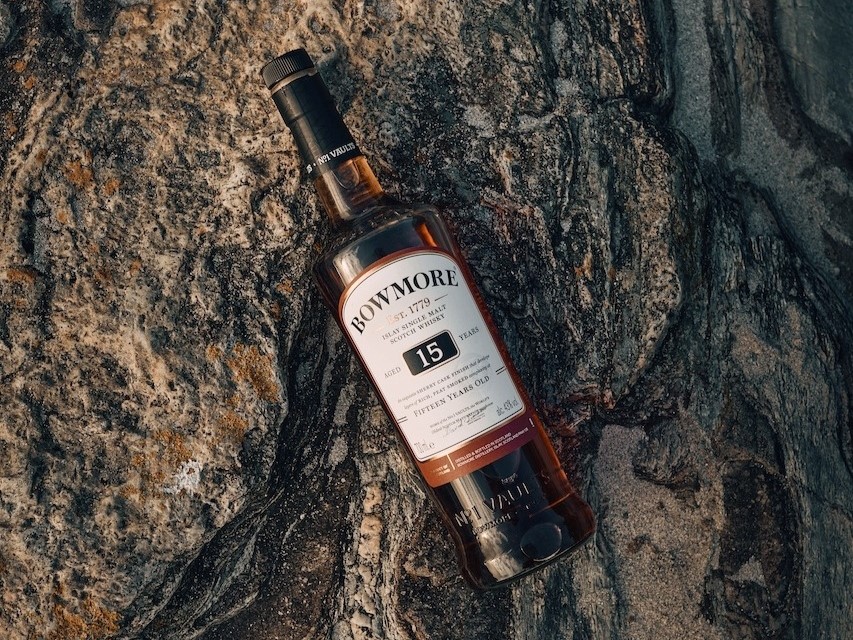
Founded in 1779, Bowmore is one of the oldest licensed distilleries in Scotland and the oldest surviving on the Isle of Islay. Remaining hand-crafted, Bowmore prides itself on its traditional techniques which honour past methods. Claiming to be one of the world’s oldest maturation warehouses, the No.1 Vaults has been maturing liquid for over 240 years. This stone warehouse sits on the shores of Loch Indaal and infiltrates the whisky with its unique character. The distillery also has its own Malt Barn which allows its barley to air and malt, and starts the process of germination. Bowmore is known for flavours of stone fruits, oak, sea salt and smoke.
Fun Fact: The distillery received a visit from Queen Elizabeth II in 1980, her first visit to any Scotch whisky distillery.
Laphroaig
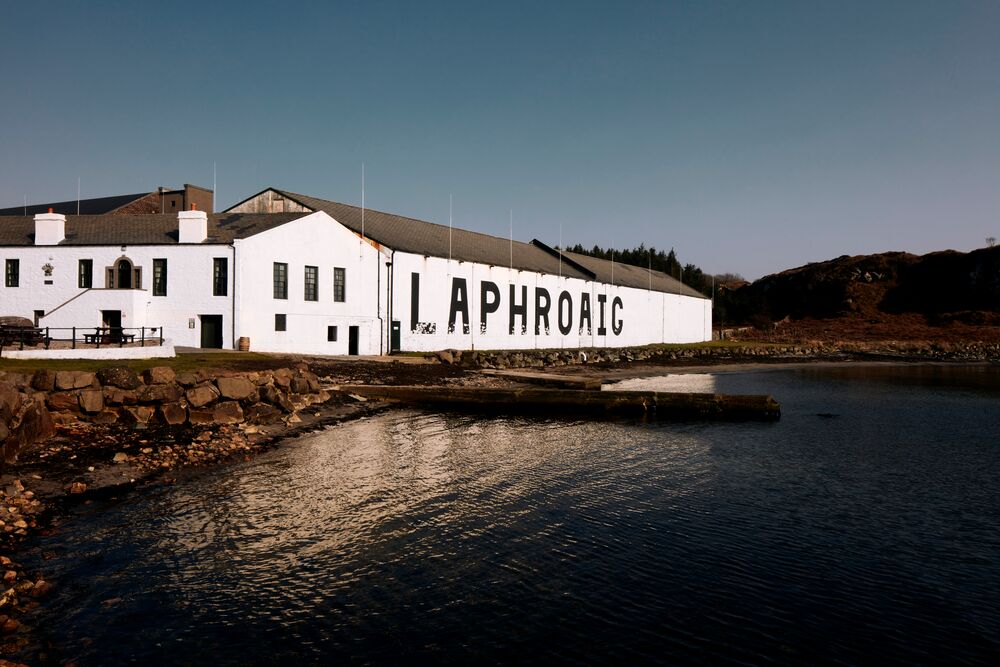
One thing is certain about Laphroaig single malt: no drinker is indifferent to it. Some are bewildered by its appeal, and others love its unapologetically full-on peaty, medicinal charms. The ‘lovers’ of Laphroaig are many, making it the world’s best-selling peated whisky, the sixth-best-selling single malt whisky globally, and the number three single malt in the UK. High profile aficionados of its distinctive style include HRH The Prince of Wales, who bestowed his Royal Warrant on the distillery in 1994.
Fun Fact: Laphroaig has been likened in character to a burning hospital, and was sold in America during Prohibition for medical purposes due to the Surgeon General’s refusal to believe that it could be drunk for pleasure!
Bruichladdich
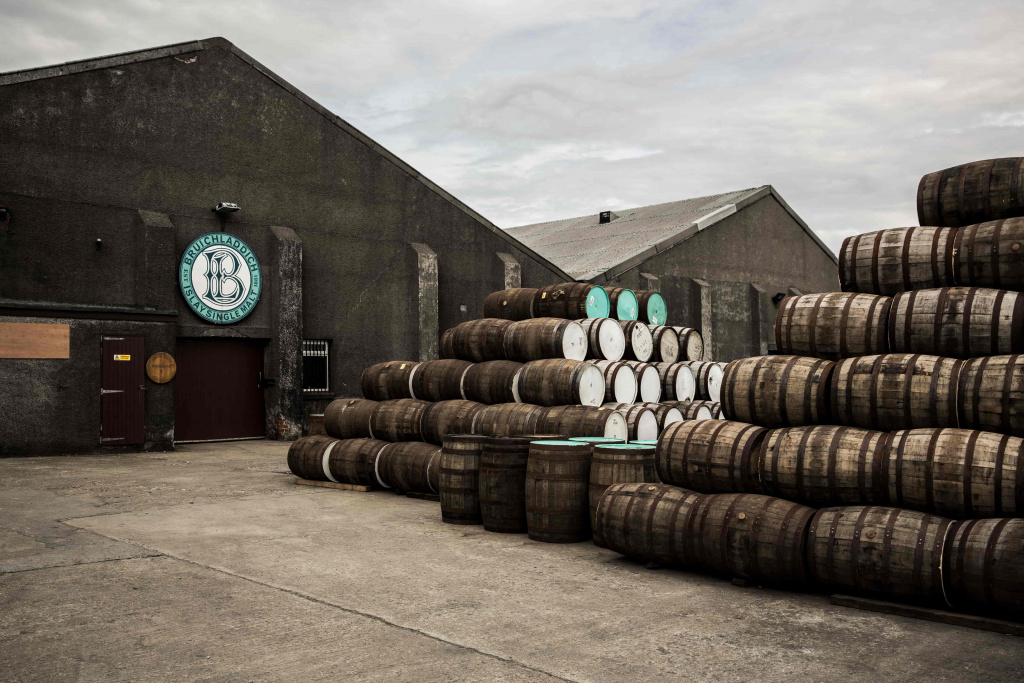
Bruichladdich is a distillery which combines a strong sense of tradition with a forward thinking and innovative attitude. This approach is hardly surprising given the distillery was founded in 1881 and went through a number of ownership changes before being shut down in 1994. It lay dormant until being purchased by a group of private investors and given a new lease of life when it re-opened in 2001. In contrast to most other distilleries on Islay, Bruichladdich is made without peat. Their drams have a light, sweet, floral character that stands out from the bold, peaty expressions from other Islay distilleries.
Fun Fact: The name Bruichladdich is derived from the Gaelic Bruthach a'Chladaich which translates to "Brae of the Shore."
Lagavulin
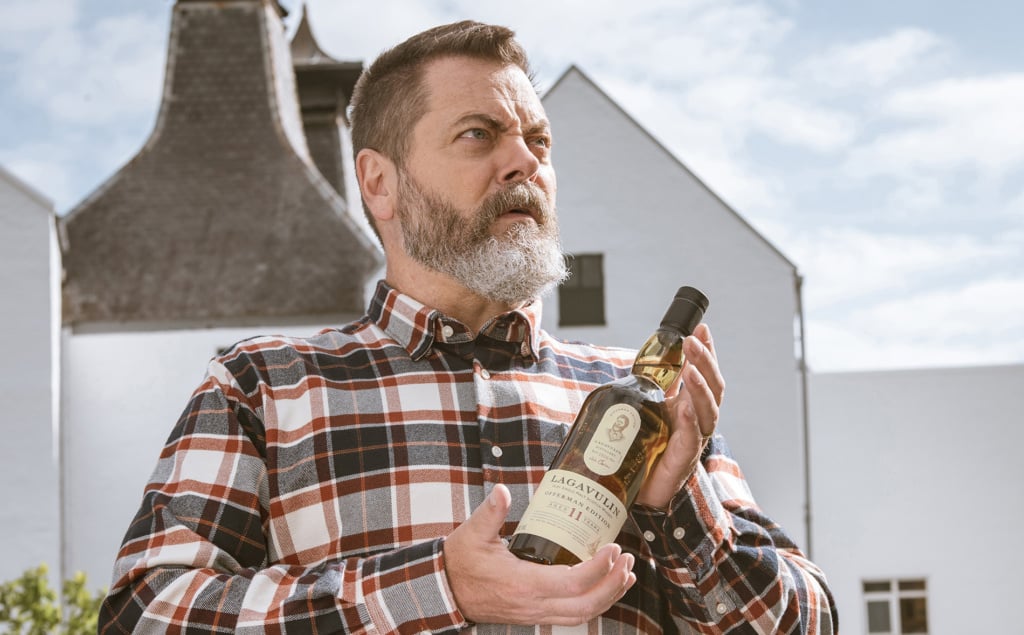
Many consider Lagavulin to be the definitive Islay whisky. The heavily-peated whisky is almost exclusively matured in bourbon casks, and maintains the robust, smoky, and maritime notes from its founding in 1816. In 1988 Lagavulin 16 Year Old achieved global acclaim when it was selected as one of Scotland’s ‘Six Classic Malts.’ The 16 Year Old is widely seen as one of the finest whiskies available, with supply often not meeting the full demand - with desire for the malt soaring after being introduced to American audiences as the favourite of 'Ron Swanson in the popular show 'Parks and Recreation.'
Fun Fact: At the start of the Second World War in 1939, women were drafted in to work the distillery until 1941 when the distillery closed for the duration of the war.
Ardbeg
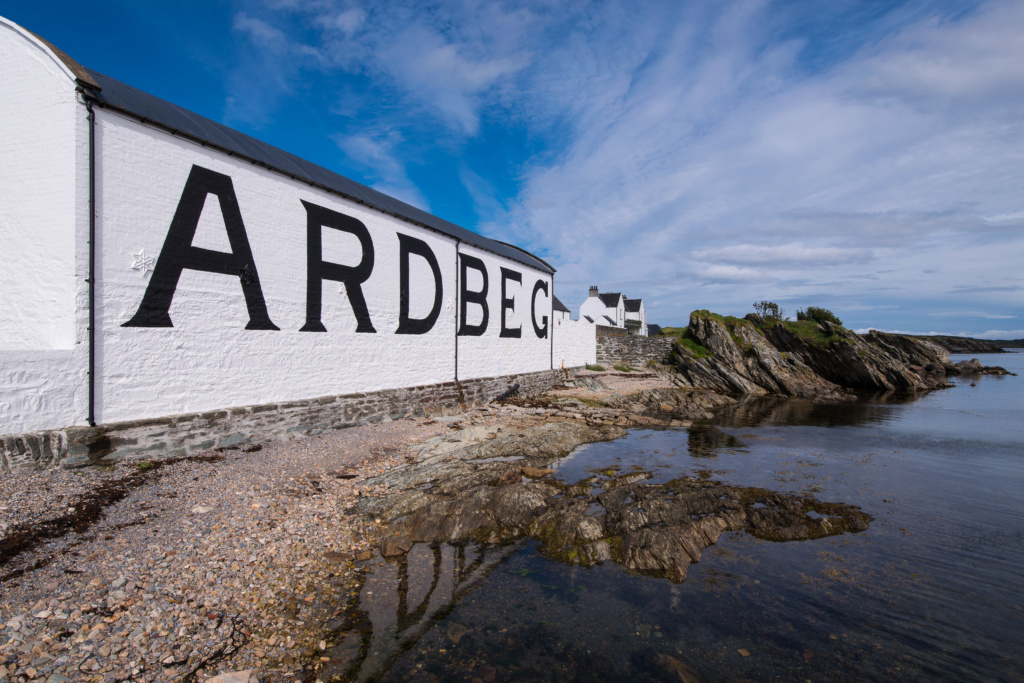
With a massive fan following, Ardbeg provides super-smoky drams to peat lovers around the world. Heavily peated malt from Port Ellen, combined with long fermentation times, and use of a purifier pipe combine to produce a whisky that is at once citrus sweet and clean, oily in texture, and bursting with tarry smoke flavour. Located on Islay’s southern coast, the distillery was founded in 1815; it was intermittently mothballed from 1981 to 1989, then again in 1996, before being rescued by Glenmorangie and going on to gain cult status.
Fun Fact: In 2011, Ardbeg made history by being the first whisky to go to space. 20 vials of Ardbeg and wood particles were sent to the International Space Station to see how this would impact the maturation process. The vials returned to earth in 2014.
Kilchoman
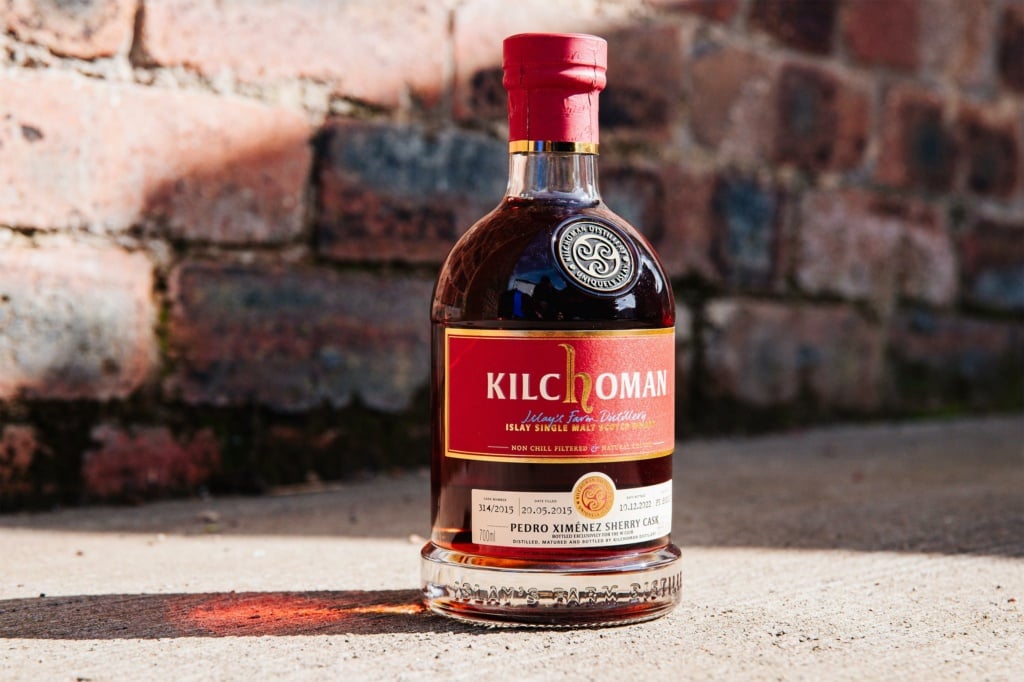
Kilchoman distillery was the first new Islay distillery in 125 years when it opened in 2005. Known among whisky aficionados as being ahead of the curve before the whisky boom, Kilchoman released its first whisky in 2009 and now produces several gems that have become both fan favourites and critics' darlings alike. Known as a farm distillery, everything for the whisky is produced on the single location of the distillery. Indeed it is one of only seven distilleries still practising traditional floor malting in Scotland. You can expect notes of tropical fruits, floral bouquet, citrus and peat smoke from the single malt.
Fun Fact: More than a quarter of Kilchoman's spirit is made from local barley grown on the island.
Bunnahabhain
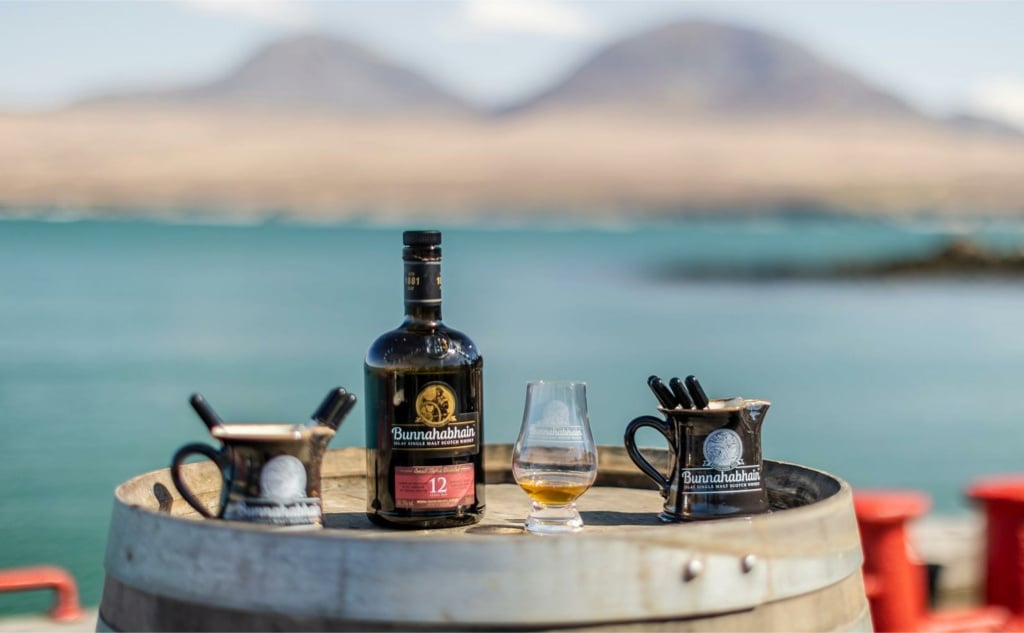
Like Bruichladdich, Bunnahabhain is one of the only two whiskies made without peat on Islay. The distinctly less smoky Islay character produced at Bunnahabhain is fitting with the distillery’s remote location; tucked away in the North East corner – it is noticeably detached from the seven other distilleries on the island. Founded in 1881, the distillery produced a steady stream of whisky for a century until Bunnahabhain unfortunately mothballed in 1982. Fortunately, the distillery resumed production in 1984 and, in 2021, the distillery completed an exciting three-year long refurbishment to spruce up the historic site. The malt is famous for spicy-sweet flavours of toffee, dried fruits, almonds and nutmeg.
Fun Fact: Bunnahabhain's main water source is the Margadale River. In Gaelic, Bunnahabhain translates to "mouth of a river."
Caol Ila
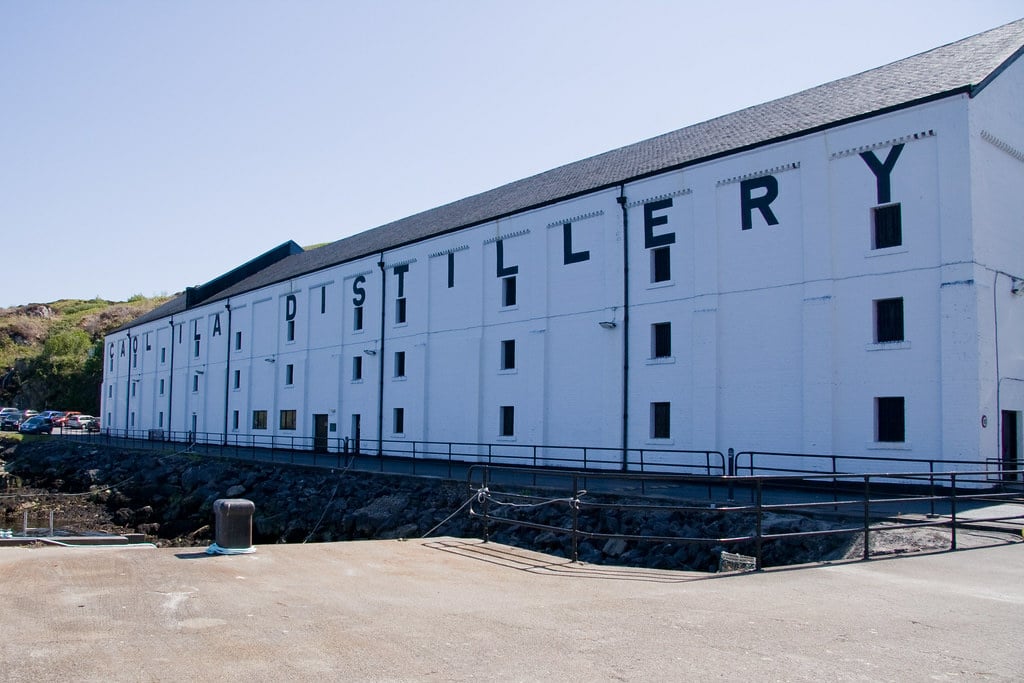
Caol Ila translates from Gaelic to mean ‘Sound of Islay’ which refers to the narrow strait of water which separates the islands of Islay and Jura; it is often considered one of the most remote and picturesque locations in Scotland. The distillery was founded more than 150 years ago, but the building was demolished and completely rebuilt on the same spot in 1974, including reproduction of the original stills designs. It is now the largest distillery on the island and sits in stunning surroundings looking across to the Paps of Jura. Their expressions are known for flavours of golden syrup, baking spices, sea salt and smoke.
Fun Fact: Caol Ila is the Islay home of Johnnie Walker, with the single malt being the only peated expression used in their blended whiskey.
Explore all of our Islay whiskies, here.
FAQ
- Are there any lesser-known expressions from these distilleries that whisky enthusiasts should seek out for a unique tasting experience? Each Islay distillery offers a range of expressions, including limited edition releases and special cask finishes, that provide whisky enthusiasts with unique tasting experiences. These expressions often showcase the creativity and experimentation of the distillery's master distiller and offer a chance to explore new flavours and aromas not found in their core range. Explorers may seek out Octomore, a heavily peated version of Bruichladdich, Ardbeg's experimental limited-edition Committee releases, and the various special editions released by many Islay distilleries during the Feis Ile festival, every May.
- What role does the peat have in the production of Islay whiskies, and how do the different levels of peatiness in each distillery's whisky impact its taste and aroma? Peat plays a significant role in the flavour of Islay whiskies, imparting distinctive smoky, earthy, and medicinal notes. The level of peatiness varies among distilleries, with some, like Laphroaig and Ardbeg, known for their intensely peaty character, while others, like Bunnahabhain and Bruichladdich, produce whiskies with lower levels of peat influence. This variation in peatiness contributes to the diversity of Islay whiskies and allows enthusiasts to explore a range of flavour profiles.
- Are there any notable sustainability or environmental initiatives undertaken by these Islay distilleries, considering their remote island location and natural surroundings? Many Islay distilleries are committed to sustainability and environmental initiatives, recognizing the importance of preserving their natural surroundings. These initiatives may include water conservation measures, energy efficiency upgrades, waste reduction efforts, and support for local biodiversity. Some distilleries also prioritise sourcing barley from local farmers and implementing organic farming practices to minimise their environmental impact.
 4.7/5 with 10,000+ reviews
4.7/5 with 10,000+ reviews
